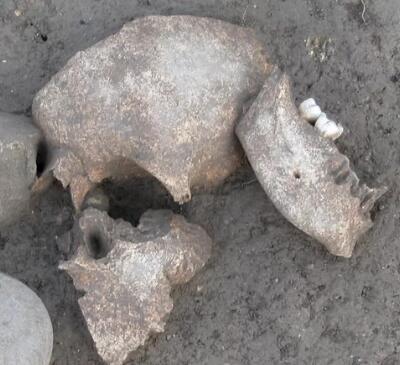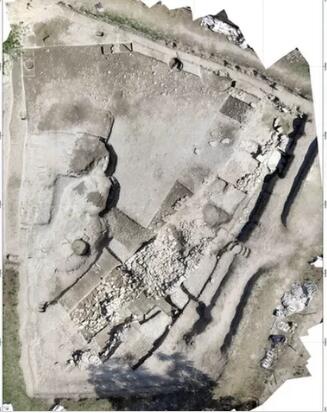These 2,000-Year-Old Embalmed Heads Show How Ancient Celts Celebrated Victory
From 2003 to 2013, scientists at the site excavated about 50 skulls, broken into about 2,500 pieces. The skulls were found alongside weapons and near what was possibly one of the settlement's gates. The placement of the heads and weapons suggests they were, long ago, on display in a large, open space inside the site, the researchers said.

Human remains found at the Celtic site of Le Cailar in southern France. Credit: copyright Fouille Programmée Le Cailar-UMR5140-ASM
The site was occupied from the sixth century B.C. until the first century A.D., after the Roman conquest of Gaul. The skulls date from the third century B.C., which was known for its many battles and wars across almost the whole of Western Europe, the researchers said.
The scientists chemically analyzed 11 skull fragments to see if they possessed traces of embalming. Six fragments bore signs of conifer resin, along with molecules that are present only when the resin of pine trees gets heated to a high temperature. This is the first time that chemical analysis has found evidence that Celts embalmed heads during the Iron Age, the researchers said.

The embalmed heads were discovered at a fortified Iron Age settlement called Le Cailar in southern France. Credit: copyright Fouille Programmée Le Cailar-UMR5140-ASM
Future research can explore whether these heads were embalmed during the whole of the third century B.C., or whether this practice happened only during a short time during that century, Roure said. "Also, there are many other severed heads in Iron Age Europe, and it would be very interesting to know if they were all embalmed," he said.

